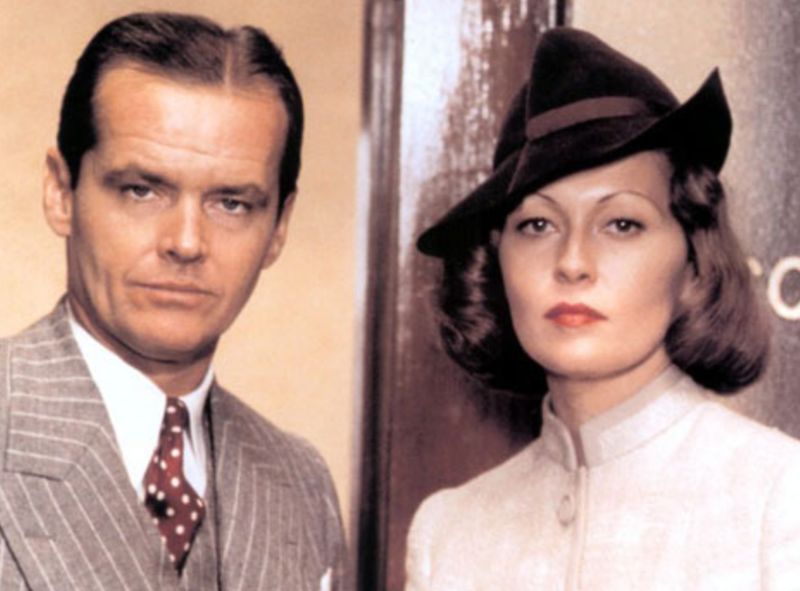By: Monica Reid
The noir crime films of the 1940s have had an enormous influence, inspired countless ‘neo-noir’ modern imitations, from the early ’80s Body Heat to the more recent Gone Girl, and projects by respected directors from David Lynch to Ang Lee.
Few efforts at revisiting noir have received more critical acclaim than Roman Polanski’s 1974 drama, Chinatown. A multiple award winner earning 11 Oscar nominations, the film is on nearly every critic’s Top 100 list; a key line, “forget it, it’s Chinatown” has become shorthand for ingrained, insurmountable corruption; and features of the plot have become part of popular culture. It has been copied and parodied repeatedly, perhaps most strikingly in the live action/animated comedy Who Killed Roger Rabbit? which affectionately parodied Chinatown, according to unlikely Hollywood rumour (the film has many rumours associated with it) using discarded plot elements from a proposed sequel.
The script by veteran screenwriter Robert Towne is the foundation of this excellent production. Intricate and filled with endless false leads and plot twists, Towne’s story of multi-layered corruption is riveting from beginning to end. The storyline is loosely based on real events: the ‘water wars’ of early 20th century Los Angeles, devious and often vicious plotting among city officials to control the area’s water supply, and thereby a good deal of its money and power. Local dignitary William Mulholland was a key figure in this unsavoury event, and he is referenced in two of the film’s characters, one well-intentioned, the other dangerous and amoral. Director Polanski worked closely, even overbearingly, with Towne, guiding the script development and at times overruling Towne’s choices. Polanski omitted the original version’s voice-over narration by main character Jake Gittes which would have provided an ongoing explanation, preferring that the audience see events unfold just as Gittes did, without advance notice or explanation. The choice makes the film more enigmatic and difficult to follow, but also more interesting and suspenseful. Towne’s first draft also, rather surprisingly, gave the story a happy ending, which Polanski revised to the well known bleak and hopeless conclusion which all but defines the film. Polanski has expressed the opinion that, had Chinatown ended happily rather than tragically, it would not be remembered today.
Chinatown is set in 1940s Los Angeles, both the era and the noir genre clearly announced through minor details, like the lettering style used in the opening credits and the 1940s version of the Paramount Studios logo, as well as through the more obvious period clothing, cars, and street design. Even the camera work and soundtrack subtly recreate the look of the great noir crime dramas, as does the brusque, tough-guy dialogue. Most evocative of all is the Chandleresque central character, Jake Gittes (Jack Nicholson), an archetypal hard-boiled private detective.
The story begins with a standard Sam Spade or Mike Hammer preliminary event: a dame walks into his office. A routine request is made by a female client to have her husband followed by Gittes, to provide evidence of his philandering. The husband is a man named Hollis Mulwray, chief engineer with the Los Angeles Department of Water and Power, currently involved in a dispute over a proposed dam. There is a drought in the Los Angeles area which is being managed in a dubious manner, a fact that slowly grows in importance over the course of Gittes’ investigation. This seemingly ordinary assignment leads Gittes, step by step, down a rabbit hole of corruption and deceit, in which no one and nothing is what it seems, and each exposed conspiracy leads to a deeper one.
Article (Source) continues: July 20, 2020, Far Out Magazine: Roman Polanski’s ‘Chinatown’, the best neo-noir film of all time
